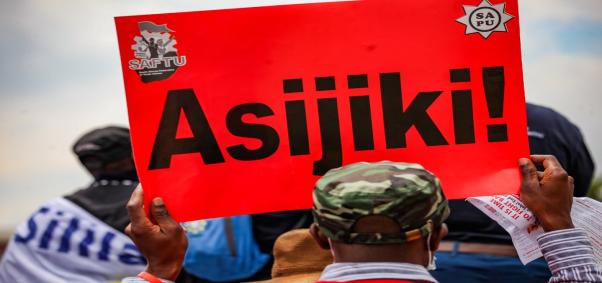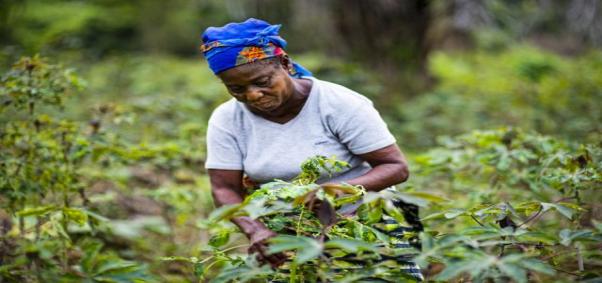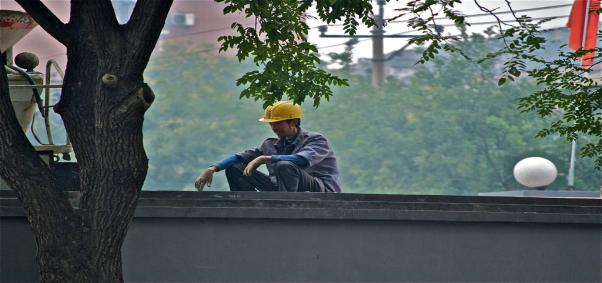
This article was published in Financial Times on June 28, 2016.
Felipe Calderón is the former President of Mexico and co-chair of the Global Commission on the Economy and Climate.
Over the next fifteen years, the world needs to invest more in new infrastructure and upgrades than everything that exists today. This means we have a crucial window of opportunity to build it right, reflecting the new international priorities of the Sustainable Development Goals and the Paris Climate Agreement.
If we continue on our current high-carbon economic model, the world will need to invest more than $90tn in infrastructure. But it won’t cost much more to build our energy, transport, water, and telecommunications systems in a low-carbon way. Making our infrastructure cleaner and more sustainable could add as little as 5 per cent to upfront costs, which could be fully offset by lower operating costs. It would also make our economy cleaner, more efficient, and more productive. Plus, it would reduce the enormous costs of adapting to climate change.
We know the capital exists for low-carbon infrastructure; we just need to unlock it. There are four key steps we should take to do so.
First, once and for all we need to get rid of the market distortions that are biasing investment toward high-carbon projects. Subsidies to fossil fuels cost up to $600bn per year, many times what is received by renewable energy. These subsidies encourage inefficient energy use, discourage the development of clean energy technologies, and intensify air pollution.
Governments and investors who don’t take into account these costs are liable to make uninformed decisions that are bad for them, their citizens, and the planet as a whole. For the market to reflect the true value of infrastructure investments, countries ought to reform subsidies and introduce meaningful carbon prices. More than 40 countries and 500 companies have begun pricing carbon, and initiatives like the Carbon Pricing Leadership Coalition are helping others learn from each other’s successes. I expect the pace of change to accelerate now that the Paris Agreement has shifted expectations globally toward a low-carbon growth path.
Second, we need to invest in innovation. Currently, only about 2 per cent of overall R&D spending goes to low-carbon projects. Developing new, cheaper green tech solutions would go a long way in reducing upfront investment costs for infrastructure. And at the same time, more effective dissemination of existing technologies will be crucial because of the sheer volume of the power plants, buildings, roads, and rails that will be built in the next few years.
Third, we need to develop a pipeline of sustainable projects by strengthening public investment. When I was President of Mexico, our government put in place the most ambitious infrastructure program in Mexican history, raising annual investment from 3 per cent of GDP per year to almost 5 per cent.
We accomplished this by making infrastructure a national priority reflected in the public budget, cutting red tape, and partnering with the private sector. We also sought to innovate by monetising already functioning infrastructure to gather resources that could be invested in new projects through the National Infrastructure Fund. It’s essential for every government to have a national strategy to coordinate planning.
Effective project preparation, pipelines and sound investment frameworks can help ensure that there’s enough money for infrastructure projects, and that the right projects are picked in the first place. Throughout the process, multilateral development banks can offer technical assistance and reduce perceived risks through their presence.
And finally, we’ll need to better harness private finance and align it with the sustainable future we want.
There are multiple ways to shift private capital into the green economy. One that has become popular in recent years is green bonds that are earmarked for sustainable investments. Issuances of green bonds grew to $41.8bn in 2015, three times higher than in 2012.
Five years from now, China’s green bond market alone will likely be worth $230bn. Most green bonds are in the financial, energy, and property sectors, but they should be diversified to include transport, agriculture, waste, and adaptation. We also need to establish clear rules so investors know exactly what classifies a bond as green in each of these areas.
Green investment banks dedicated to sustainable infrastructure are another effective way to crowd-in private investment. So far, green banks have achieved attractive returns, and can leverage up to $10 from the private sector for each dollar of public spending. Dozens of green banks have emerged in recent years, including in countries like the UK, Japan, and Malaysia and in states like California, Connecticut, and New York.
And to truly green the financial system, companies and investors must acknowledge their exposure to climate risk and take it into account in investment decisions. Ignoring environmental factors that impact long-term value is a failure of fiduciary duty.
Several EU countries now mandate corporate reporting on greenhouse gas emissions or climate risk exposure. And the G20 has recently established an industry-led Task Force under the Financial Stability Board on voluntary Climate-related Financial Disclosures to come up with consistent ways for companies to disclose these risks. We look forward to its recommendations later this year as an important step forward.
Infrastructure could either be the pillar upon which we base our growth, development and future prosperity, or it could crumble beneath us. It is time for us all to realise that sustainable infrastructure is not just one potential pathway among many: it is the only growth story of the future.






